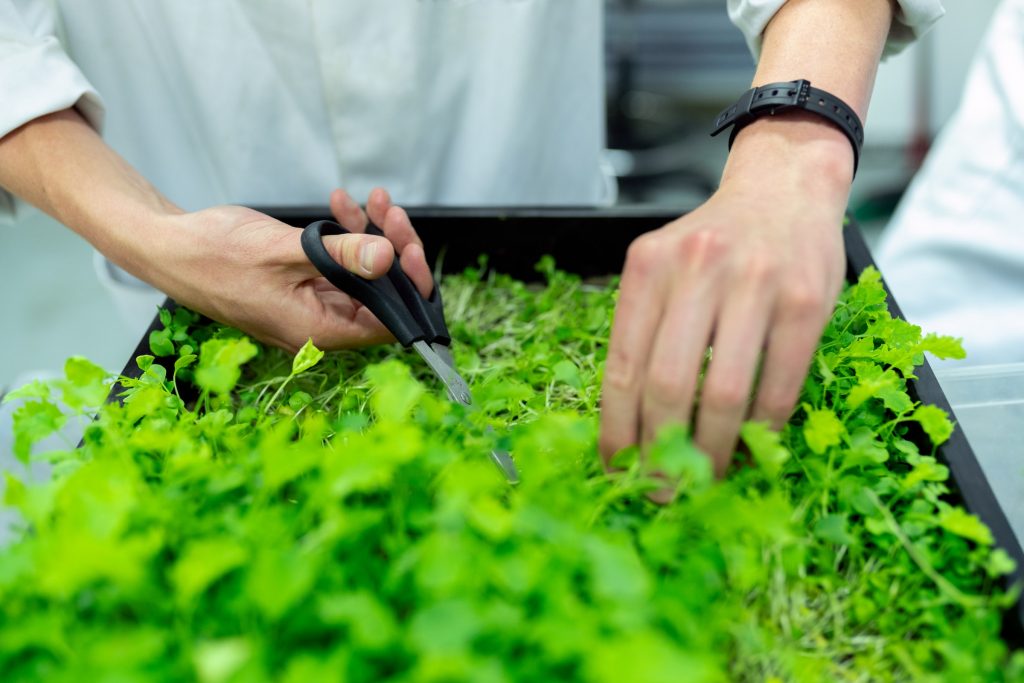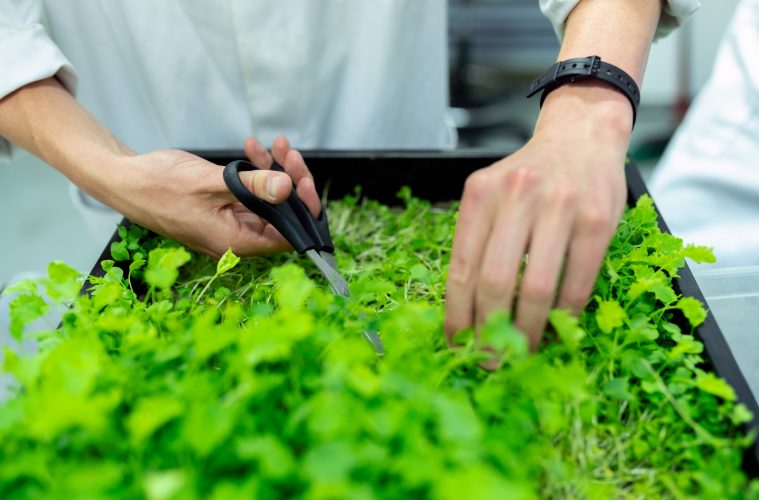Micro-greens are crops, however, the difference is that they are planted purely for the purpose of being harvested very early on in their lifecycle.
These can be planted and harvested within a month of planting making them a very accessible crop in your garden. You are not going to wait months until the plant has matured and this means you are taking advantage of a lot more nutrients in the greens.
What are micro-greens?
The seeds for growing micro-greens are exactly the same as normal crop seeds. You are not going to need to purchase special seeds to grow these. The benefit of growing micros is their high turnover. They can then be used in salads as they are tender and digestible.
How to tackle planting micro-greens
To plant your micro-greens, you will require a seed tray filled just below the brim with a nutritious soil mixture. Line the bottom of the tray with some water and then add the soil. Once you are done with laying the soil, you may sow the seeds on the surface evenly. There is no need to dig, just simply sow the seeds enough that you evenly cover the surface of the soil.
When this step is done, follow up with a spray of water using a spray bottle and pure water. This is going to prepare the seeds for germination. Be sure to follow the instructions listed on the seed packets before planting. Some seeds will need to be soaked or have specific spacing instructions.
You can plant micro-greens anywhere, even in an area without much sun such as if you live in a big city apartment. This is because the seeds will require darkness in order to germinate. In any case, you may place your seed tray in an area with low light to trigger the germination process.
After the seeds have germinated, the next step would be to expose your seeds to light so that they may photosynthesise. The plant will begin to green and grow, this process can take up to 10 days. Typically, on day 11, most micro-greens will be ready to be harvested.
The harvest

Image credit: Unsplash
Once the plants have grown to a reasonable length, you will notice the leaves have sprouted which indicates that they are ready for harvesting. You may not be able to regrow micro-greens as all of the soil’s nutrients would have been used up. Fortunately, the soil can be reused as compost for your beds, while you prepare fresh trays for the next batch of micro-greens.
The best plants to grow as micro-greens are sunflowers, chives, kale, beetroot, pea shoots, cauliflower and broccoli. They can be grown in an indoor greenhouse or in an outdoor garden once the seeds have produced roots. As long as there is well enough sunlight for the plants to produce the food nutrients we are trying to grow.
Also see: Plan the perfect veggie garden
Featured image: Unsplash


